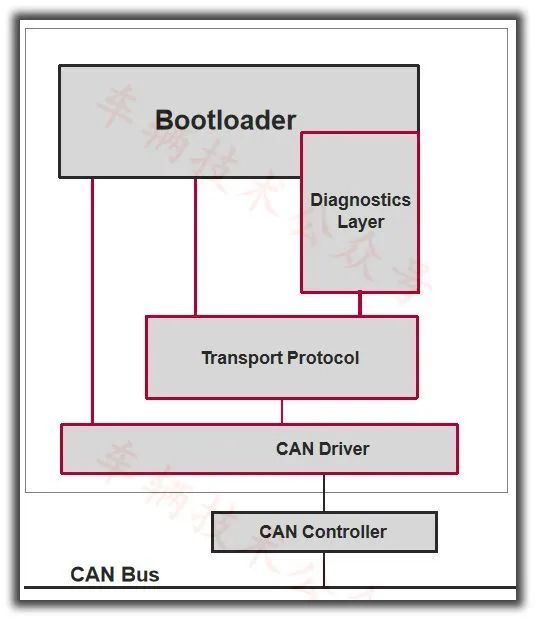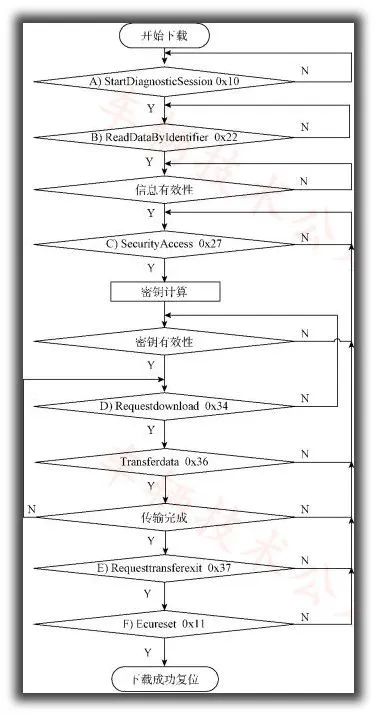|
It takes ten years to grow trees, and a hundred years to cultivate people; it takes ten years to write software, and a hundred years to refine BT! |

Introduction to the Testing Scheme




|
It takes ten years to grow trees, and a hundred years to cultivate people; it takes ten years to write software, and a hundred years to refine BT! |

Introduction to the Testing Scheme



